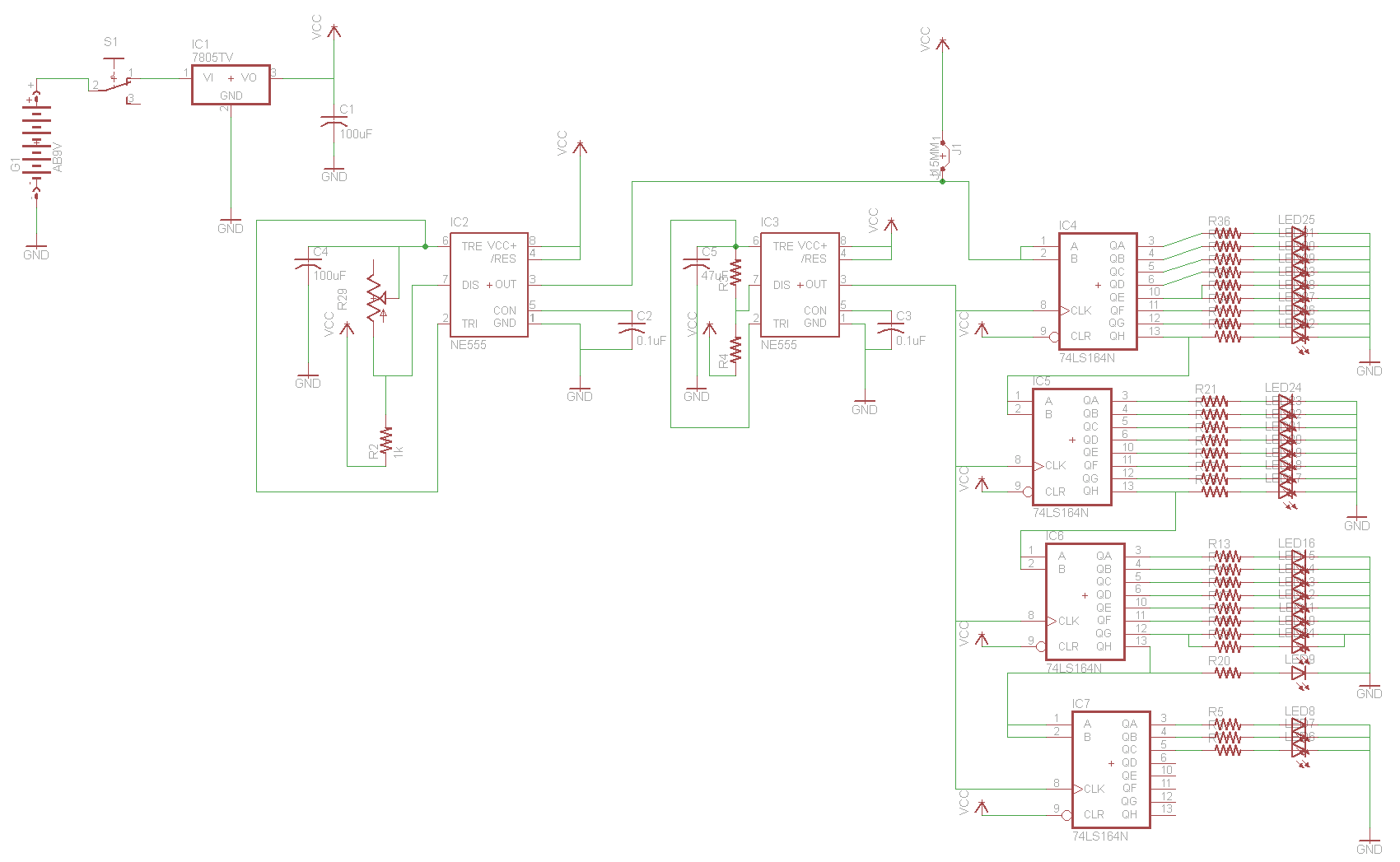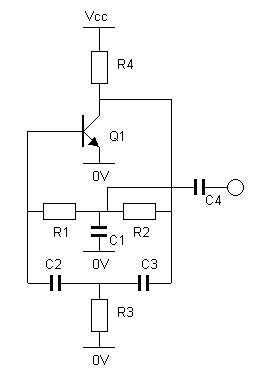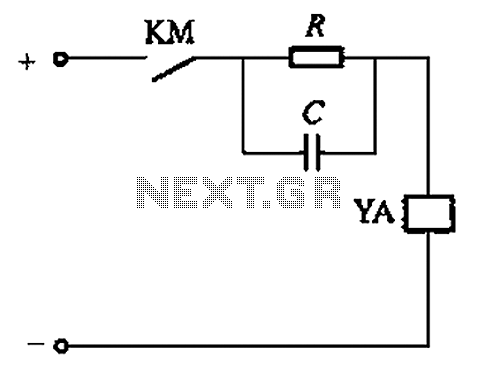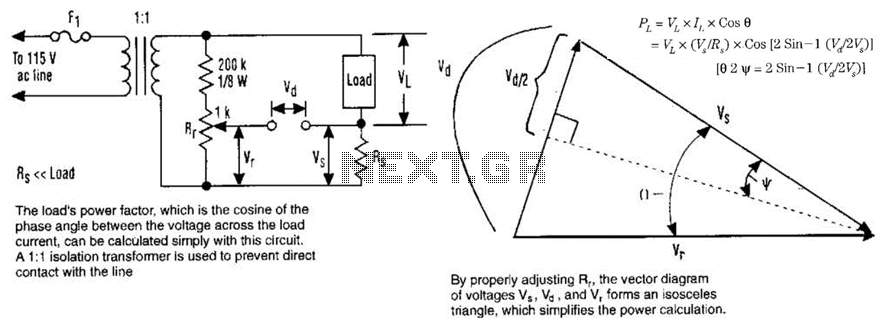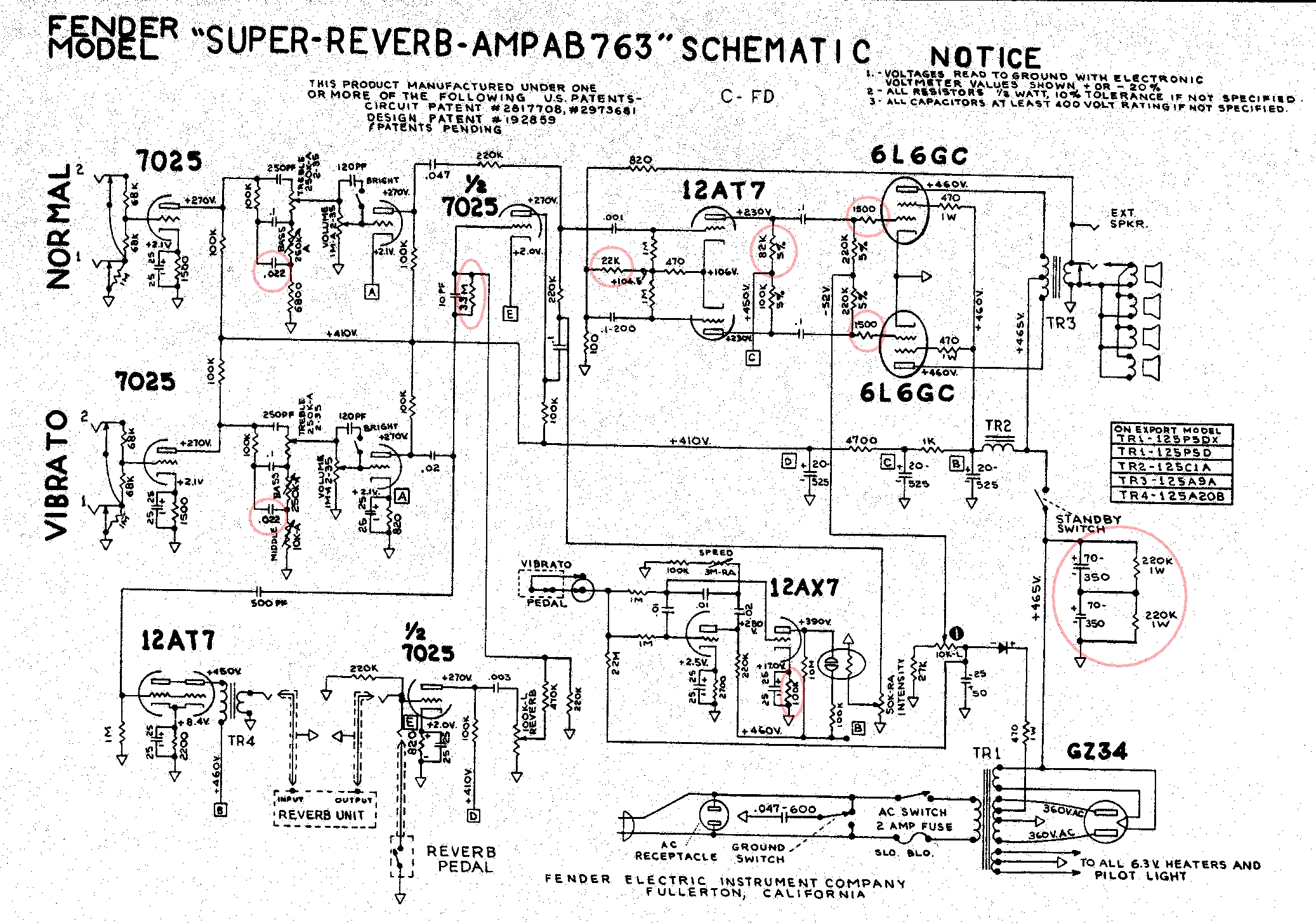
DIY Tremolo Effect Circuit

This tremolo effect circuit utilizes the XR2206 and the TCA730 integrated circuits, which are designed as an electronic balance and volume regulator with frequency correction.
The tremolo effect circuit operates by modulating the amplitude of an audio signal, creating a characteristic wavering sound. The XR2206 is a versatile function generator that can produce various waveforms, including sine, triangle, and square waves, which are essential for generating the modulation signal in a tremolo effect. Its ability to provide a stable frequency output makes it suitable for audio applications.
The TCA730, on the other hand, functions as a volume regulator and electronic balance control. It allows for precise adjustments of the audio signal's amplitude, ensuring that the modulation effect is applied uniformly across different audio levels. The frequency correction feature of the TCA730 helps maintain the integrity of the audio signal, preventing distortion that might arise from excessive modulation.
In this circuit, the XR2206 is configured to generate a low-frequency oscillation, which is then fed into the TCA730. The output from the TCA730 modulates the amplitude of the incoming audio signal, producing the desired tremolo effect. The circuit design may include additional components such as resistors and capacitors to set the modulation depth and rate, as well as to filter the output signal for a cleaner audio experience.
Overall, this tremolo effect circuit effectively combines the functionalities of the XR2206 and TCA730 to create a dynamic audio modulation effect, suitable for a variety of musical applications. Proper implementation of this circuit requires careful consideration of component values and configurations to optimize performance and achieve the desired sound characteristics.This tremolo effect circuit uses the XR2206 and the TCA730 IC which is designed as an electronic balance and volume regulator with frequency correction. T. 🔗 External reference
The tremolo effect circuit operates by modulating the amplitude of an audio signal, creating a characteristic wavering sound. The XR2206 is a versatile function generator that can produce various waveforms, including sine, triangle, and square waves, which are essential for generating the modulation signal in a tremolo effect. Its ability to provide a stable frequency output makes it suitable for audio applications.
The TCA730, on the other hand, functions as a volume regulator and electronic balance control. It allows for precise adjustments of the audio signal's amplitude, ensuring that the modulation effect is applied uniformly across different audio levels. The frequency correction feature of the TCA730 helps maintain the integrity of the audio signal, preventing distortion that might arise from excessive modulation.
In this circuit, the XR2206 is configured to generate a low-frequency oscillation, which is then fed into the TCA730. The output from the TCA730 modulates the amplitude of the incoming audio signal, producing the desired tremolo effect. The circuit design may include additional components such as resistors and capacitors to set the modulation depth and rate, as well as to filter the output signal for a cleaner audio experience.
Overall, this tremolo effect circuit effectively combines the functionalities of the XR2206 and TCA730 to create a dynamic audio modulation effect, suitable for a variety of musical applications. Proper implementation of this circuit requires careful consideration of component values and configurations to optimize performance and achieve the desired sound characteristics.This tremolo effect circuit uses the XR2206 and the TCA730 IC which is designed as an electronic balance and volume regulator with frequency correction. T. 🔗 External reference
